Description
The Baby Rubber Tree with an Edge
Peperomia obtusifolia, commonly known as Baby Rubber Plant or American Rubber Plant, is a charming and versatile houseplant admired for its thick, glossy foliage and compact growth habit. Belonging to the Piperaceae family, this species originates from Central and South America, particularly regions like Mexico, the Caribbean, and Florida.
Peperomia obtusifolia is characterized by its succulent-like leaves that are thick, fleshy, and glossy. The leaves are typically oval-shaped with a pointed tip and can vary in color from dark green to variegated patterns with creamy white or yellow accents. In addition to its attractive foliage, Peperomia obtusifolia may produce small, inconspicuous flower spikes, adding to its ornamental appeal.
Caring for your Baby Rubber Plant
With its compact growth habit and low-maintenance nature, Peperomia obtusifolia is perfect for beginners and seasoned plant enthusiasts alike. Place it in bright, indirect light and water it when the top inch of soil feels dry to the touch. This compact plant grows upright, reaching heights of up to 12 inches, making it an excellent choice for small spaces or as a decorative accent on shelves and tabletops.
Light
Peperomia obtusifolia thrives in bright, indirect light but can tolerate lower light conditions. Place your plant near a window where it can receive plenty of filtered sunlight throughout the day. Avoid exposing it to direct sunlight, as this can lead to sunburn and damage the delicate foliage. If you notice the leaves becoming pale or leggy, it may be an indication that the plant needs more light. Conversely, if the leaves start to yellow or brown, it could be a sign of too much direct sunlight.
Water
One of the key aspects of Peperomia obtusifolia care is proper watering. Allow the top inch of soil to dry out between waterings, then water the plant thoroughly until water drains out of the bottom of the pot. Ensure that the pot has drainage holes to prevent water from pooling at the roots, which can lead to root rot. During the growing season in spring and summer, water more frequently, as the plant’s water requirements increase with active growth. In fall and winter, reduce watering frequency, allowing the soil to dry out more between waterings. Always err on the side of underwatering rather than overwatering, as Peperomia obtusifolia is more tolerant of dry conditions than soggy soil.
While Peperomia obtusifolia can adapt to average indoor humidity levels, it appreciates slightly higher humidity. You can increase humidity by misting the foliage regularly or placing a humidity tray filled with water and pebbles beneath the plant.
Soil
Peperomia obtusifolia prefers well-draining, lightweight potting mixtures that retain moisture without becoming waterlogged. A mixture of peat moss, perlite, and orchid bark or sand works well for this plant. Repotting is typically only necessary when the plant becomes root-bound or outgrows its current container, which may occur every 1 to 2 years. When repotting, choose a pot that is slightly larger than the current one and ensure it has drainage holes to prevent waterlogging.
Fertilization
Feed your Peperomia obtusifolia with a balanced, water-soluble fertilizer diluted to half-strength every 4 to 6 weeks during the growing season. Avoid fertilizing during the fall and winter months when the plant’s growth slows down. Overfertilization can lead to salt buildup in the soil, which can damage the plant’s roots. Always follow the manufacturer’s instructions for dilution and application rates.
Pruning
Regular pruning helps maintain the shape and appearance of your Peperomia obtusifolia plant. Trim back any leggy or unruly stems to encourage bushier growth and remove any dead or yellowing leaves to promote overall plant health. You can also prune the plant to control its size and shape or propagate new plants from stem cuttings. Keep an eye out for pests such as aphids, mealybugs, and spider mites, especially in warm, dry conditions. If infestations occur, treat the plant with insecticidal soap or neem oil, following the manufacturer’s instructions carefully.
Propagation
Peperomia obtusifolia is relatively easy to propagate from stem cuttings. Select a healthy, mature stem and cut it just below a node using clean, sharp scissors or pruning shears. Remove any leaves from the bottom portion of the cutting to expose the nodes. Place the cutting in a glass of water or directly into moist potting soil, ensuring that at least one node is below the soil line. Keep the cutting in a warm, humid environment with bright, indirect light and wait for roots to develop. Once roots have formed, transplant the cutting into its own pot and care for it as you would a mature plant.

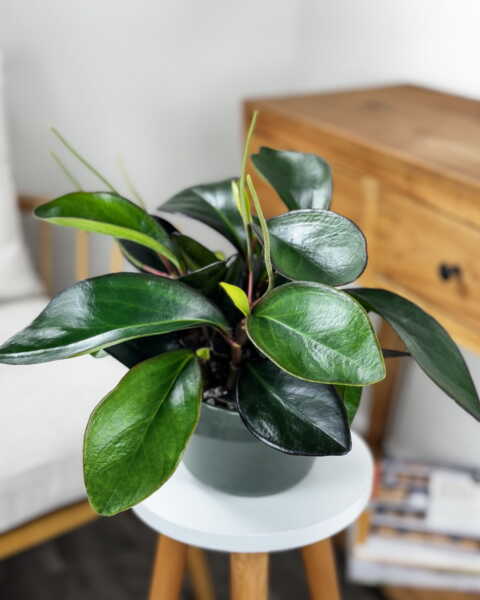



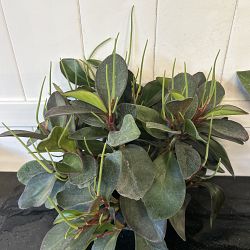
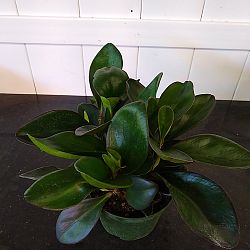
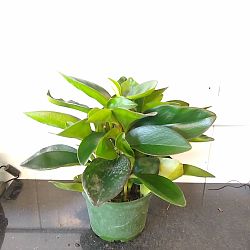
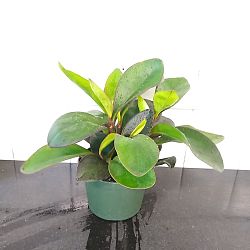
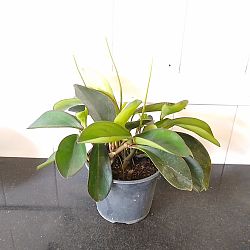

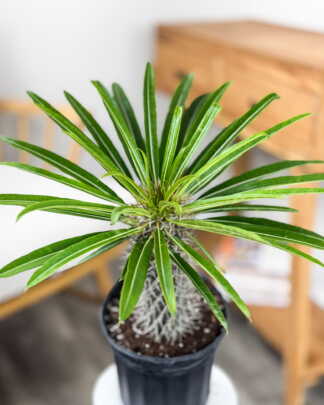
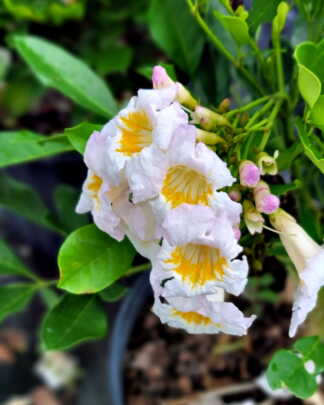
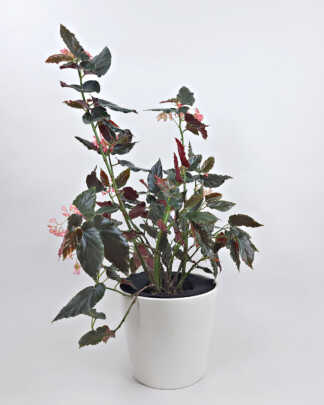
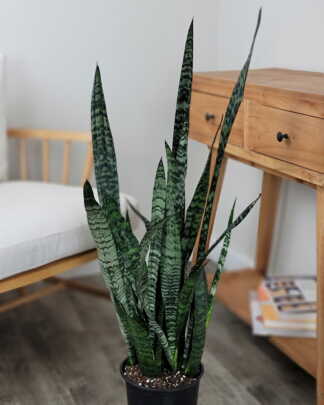
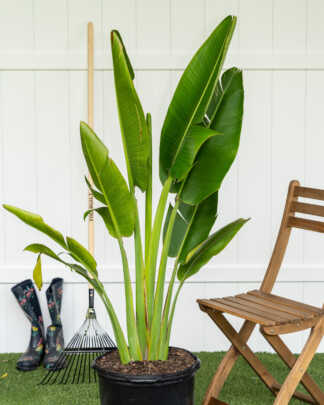


Guest –
New rare